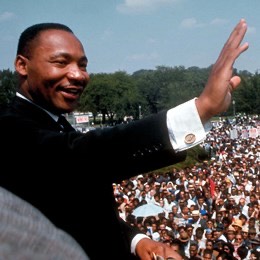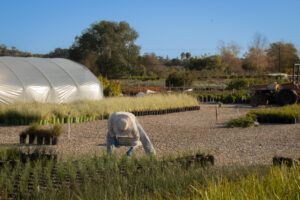As we approach the 150th anniversary of Santa Barbara High School, it seems appropriate to look back upon earlier years and editions of The Forge. Established in October 1914, this article in The Forge history will focus on the events that have occured from The Forge’s inception to the opening of our current campus in 1924.
Before focusing on our involvement with the Great War, we must have some background information of its origins and progression. On June 28, 1914, a group of Bosnian terrorists assassinated Archduke Franz Ferdinand of Austria as part of a Serbian conspiracy against Austria. Considered the kickstarter of World War I, a month later European countries began mobilizing and declaring war against each other. The war was a fight between two primary sides: the Central Powers (Germany, Austro-Hungary, and Turkey) and the Allies (France, Britain, and Russia).
With the National Defense Act of 1916, the Junior Reserve Officers’ Training Corps (JROTC) program for training high school level cadet corps sprung up all around the United States, including at Santa Barbara High. On September 26, it was announced in The Forge that a shipment of 2,500 rounds of ammunition along with 1896 model crag rifles were to arrive in time for cadet instruction. The cadet corps would continue on for four years throughout the war. Beginning with a meager 48 men, their size would peak at about 150 members in 1917. In 1920, JROTC was terminated after unsuccessful attempts at recruiting in the years after the war. JROTC eventually started up again and would operate at a reasonable size for two whole decades before becoming reinvigorated by World War II.
On April 6, 1917, the United States officially declared war on Germany, joining the Allied forces. A month later in May, the president passed the Selective Draft Act; this enabled the compulsory enlistment of American men into the US Army. Though high school students were not part of these draft registrations (at least, not until 1918), members of Santa Barbara High School showed support for the war efforts. The school led public song performances during draft send-offs, and held essay contests endorsing “the nation’s big undertaking.” Though unable to contribute much in terms of supplies or money, students and staff aided World War I to the best they could.
On November 11, 1918, an armistice (ceasefire) was signed, putting an end to the Great War’s combat. As Europe slowly recovered from the complete devastation that trench warfare brought, the United States settled into the economic boom of the Roaring ‘20s. Though an entire generation of men was lost, people eventually moved on.
Construction for a new, enlarged school building for SBHS began in 1922, and continued on through 1924. The new high school grounds were to be 15 times the size of their current junior high’s size. The new campus was heavily anticipated and celebrated over. Each facility, one by one, was completed: the main hall, the girl’s gymnasium, Peabody Stadium. The year of 2024 marks the 100th anniversary of our 700 East Anapamu Street location.






Be First to Comment